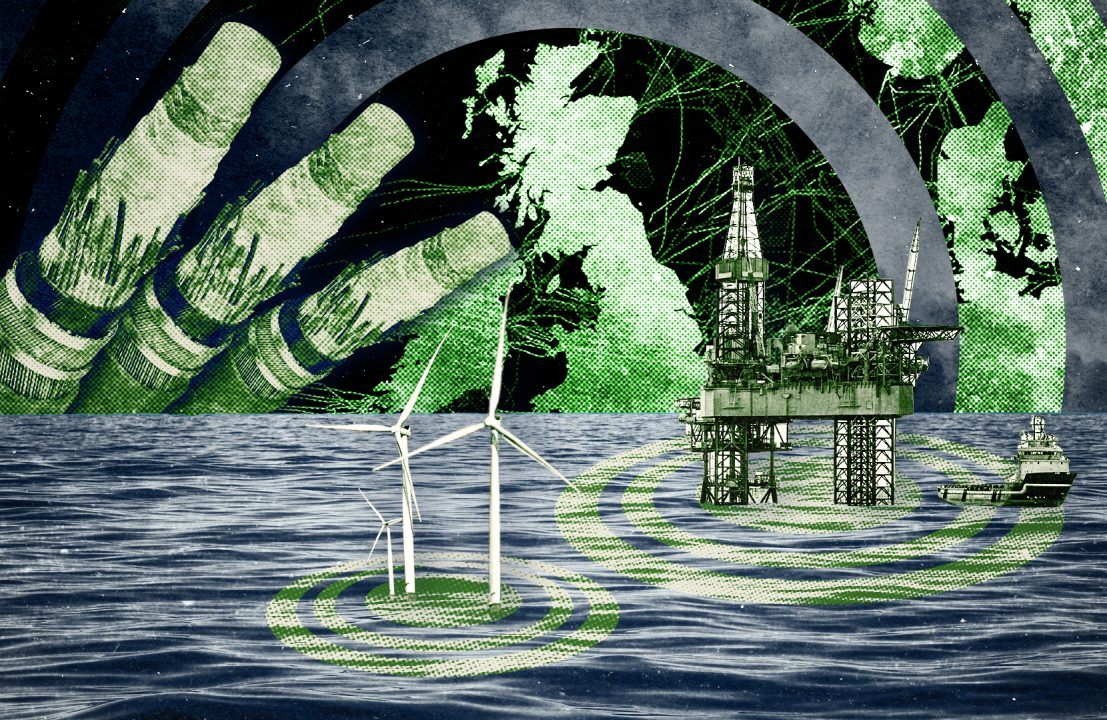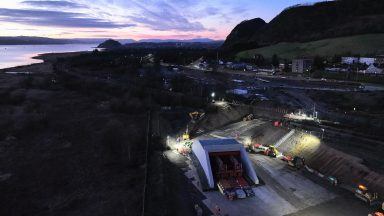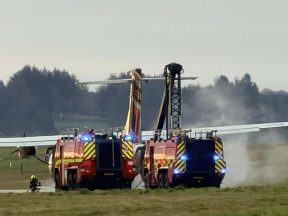Parts of Scotland’s key energy infrastructure is effectively undefended and at threat from growing physical and cyber-attacks, according to industry experts.
In recent years, there have been a number of cases of possible sabotage and spying, especially on offshore wind farms and subsea cables.
Spying, sabotage and cyber attacks are not necessarily things you would associate with offshore wind farms.
In 2023, a Russian ship was accused of spying on windfarms and subsea cables, including off the coast of Scotland.
It was, according to a group of Scandanavian broadcasters, part of a programme of sabotage on key energy sites.
Russia denied the accusations.
It was one of a growing number of cases of alleged threats both physical and cyber to the UK energy system.
On Wednesday, energy industry and security experts gathered in Aberdeen to discuss how to tackle threats posed to the country’s energy network.
The war in Ukraine has put energy security into the spotlight, and governments around the world are becoming more acutely aware of the possible threats posed to energy infrastructure, including subsea cables.
And as we shift towards renewables, those threats are only likely to grow in the coming years.
Both historic energy such as oil and gas and newer renewables use subsea pipelines and cables to transport power – making them vulnerable to attacks.
Along with offshore wind farms, their location makes them harder to protect.
In particular, there is a growing threat from cyber attacks – something experts say that businesses and the energy sector is becoming more aware of.
The war in Ukraine showed the threat to energy, not just its supply, but its vulnerability and ability to be used as a weapon of war.
That will likely continue in what sometimes seems an increasingly hostile world.
Follow STV News on WhatsApp
Scan the QR code on your mobile device for all the latest news from around the country




























